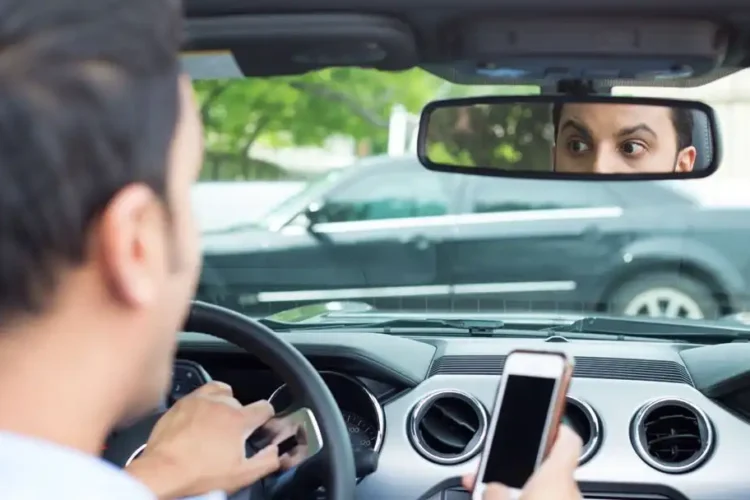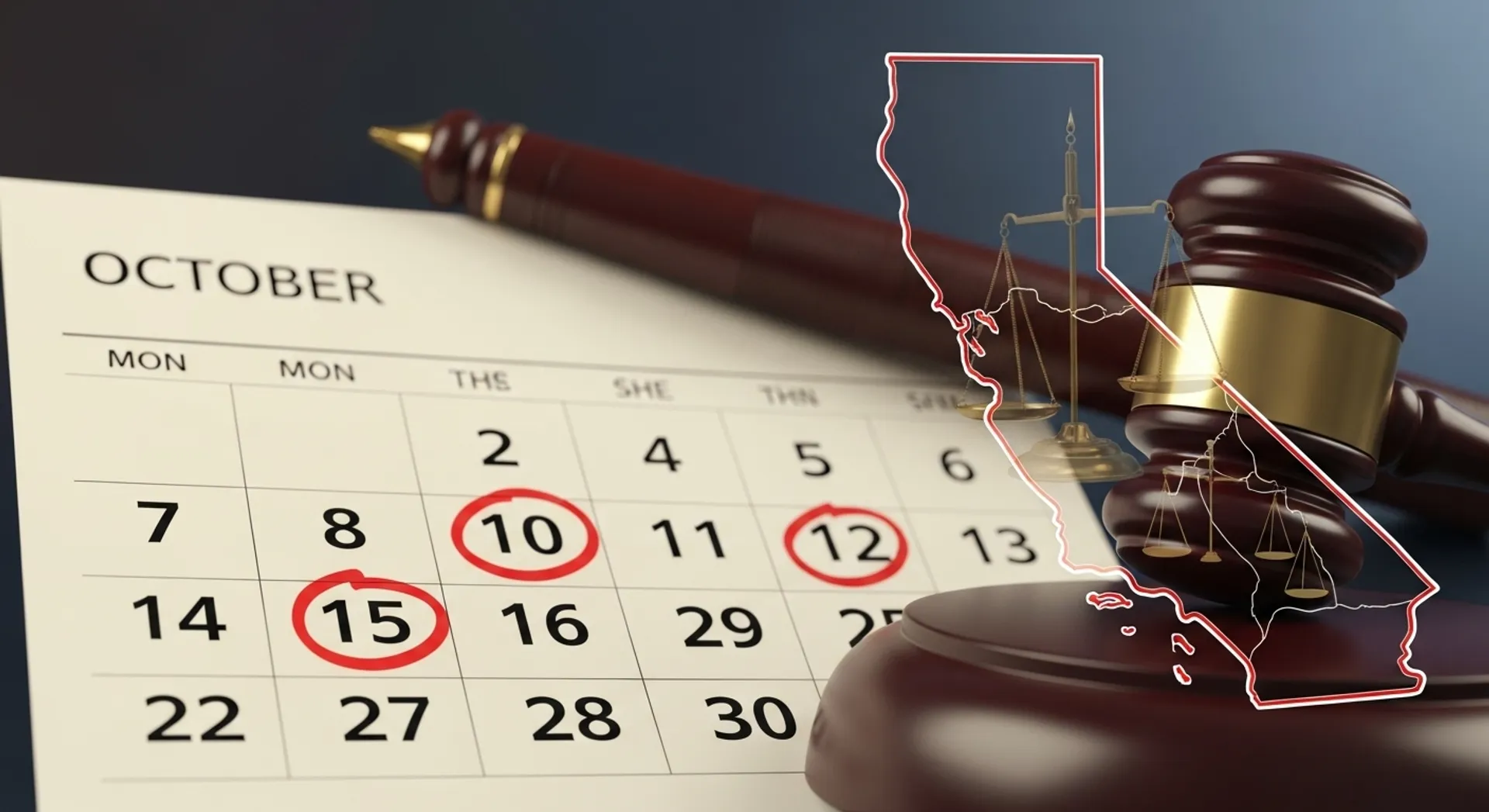
Car accidents are, unfortunately, a common occurrence in Riverside. Whether it’s a minor fender-bender or a serious collision, the aftermath can be overwhelming. Understanding Riverside car accident laws is essential for protecting your rights, ensuring fair compensation, and navigating the often complex insurance and legal processes.
In this blog, we will break down the key laws and regulations in Riverside that impact car accidents, including how fault is determined, your rights in filing claims, and how an experienced attorney can help you secure the compensation you deserve.
1. California’s Fault-Based Insurance System
Riverside, like the rest of California, follows a fault-based insurance system when it comes to car accidents. This means that the person found to be at fault for the accident is responsible for compensating the other party for damages and injuries.
-
What Does This Mean for You?: If you are involved in a car accident, the driver at fault (or their insurance company) will typically be responsible for covering your medical bills, vehicle repairs, and any other damages.
-
Insurance Coverage: California law requires drivers to carry minimum insurance coverage to help cover damages in the event of an accident. The required minimums include:
-
$15,000 for injury or death to one person
-
$30,000 for injury or death to more than one person
-
$5,000 for property damage
-
2. Comparative Fault in California
California operates under a comparative negligence rule when determining fault in accidents. This means that even if you are partially at fault for the accident, you can still recover damages. However, your compensation will be reduced based on your degree of fault.
-
How It Works: For example, if you are found to be 20% at fault for the accident, you would only receive 80% of the total damages. So, if your damages are worth $100,000, you would receive $80,000.
-
Impact on Your Claim: This is important because it means that even if you contributed to the accident, you still have the right to compensation, but the amount may be less than if you were completely blameless.
3. The Statute of Limitations for Filing a Car Accident Claim in Riverside
In Riverside, as in the rest of California, there are strict deadlines for filing a lawsuit following a car accident. These deadlines are set by the statute of limitations, which limits the amount of time you have to file a claim.
-
Time Limits:
-
For personal injury claims (for injuries sustained in a car accident), you typically have two years from the date of the accident to file a lawsuit.
-
For property damage claims (for damage to your vehicle or other property), you generally have three years to file a lawsuit.
-
It’s important to note that the clock starts ticking on the day of the accident, so it’s crucial to act quickly. If you miss the deadline, you may lose the right to pursue compensation.
4. Uninsured and Underinsured Motorists
One of the most frustrating situations after a car accident is finding out that the at-fault driver does not have insurance or lacks sufficient coverage to pay for your damages. In California, this is not an uncommon issue.
-
Uninsured Motorist Coverage (UM): This type of coverage helps protect you if the driver who caused the accident is uninsured or doesn’t have enough insurance to cover your expenses.
-
Underinsured Motorist Coverage (UIM): If the at-fault driver has insurance, but it’s insufficient to cover your medical bills or property damage, UIM coverage can help make up the difference.
It’s highly recommended that you have both uninsured and underinsured motorist coverage as part of your car insurance policy to ensure that you’re adequately protected in case the other driver is underinsured or not insured at all.
5. Riverside’s Traffic Laws and Their Impact on Accidents
Riverside, like all cities in California, has a set of local traffic laws designed to protect drivers and pedestrians. These laws regulate everything from speed limits to pedestrian rights of way and can have a significant impact on how fault is determined in a car accident.
-
Speed Limits: Riverside has posted speed limits on local roads, with typical limits ranging from 25 to 45 miles per hour in residential areas. Speeding can be a major contributing factor to accidents and can increase the liability of the driver who is speeding.
-
Traffic Signals and Stop Signs: Failing to obey traffic signals and stop signs is a common cause of accidents in Riverside. Disobeying these laws, especially at intersections, can be used as evidence to assign fault.
-
Driving Under the Influence (DUI): California law is very strict regarding DUI offenses. If a driver is under the influence of alcohol or drugs at the time of the accident, they can be held liable for all damages resulting from the crash, including medical bills, property damage, and pain and suffering.
Local traffic laws are often used to determine fault in an accident, so it’s important to be aware of these regulations to help strengthen your case.
6. The Importance of Evidence in Riverside Car Accident Cases
To maximize your chances of receiving fair compensation for a car accident in Riverside, gathering evidence is crucial. Whether you’re negotiating with insurance companies or pursuing a lawsuit, evidence will play a key role in proving your case.
-
Types of Evidence:
-
Police Reports: A police report will document the facts of the accident, including details about the scene, any citations issued, and the officer’s observations about fault.
-
Witness Statements: Eyewitnesses can provide valuable testimony about what they saw during the accident. Independent witnesses can be especially helpful if there is a dispute about who caused the crash.
-
Photos and Videos: Pictures of the accident scene, vehicle damage, injuries, and the surrounding area can help establish fault and strengthen your claim.
-
Medical Records: Medical records documenting your injuries are essential for proving that the accident caused your pain and suffering and to support your claim for compensation.
-
Having detailed, accurate evidence will help your Riverside accident lawyer negotiate with insurance companies and, if necessary, build a strong case in court.
7. How a Riverside Accident Lawyer Can Help You
Dealing with the aftermath of a car accident can be overwhelming, especially when navigating legal and insurance complexities. An experienced Riverside accident lawyer can provide invaluable assistance by:
-
Investigating the Accident: Your lawyer can help gather evidence, interview witnesses, and work with experts to establish fault.
-
Negotiating with Insurance Companies: Insurance companies are often focused on minimizing their payout. A lawyer can help you negotiate a fair settlement that covers all of your medical bills, property damage, lost wages, and pain and suffering.
-
Representing You in Court: If a fair settlement cannot be reached, your lawyer can take your case to trial and fight for the compensation you deserve.
8. Conclusion
Understanding Riverside car accident laws is crucial for anyone involved in a traffic accident in the area. From understanding fault-based insurance and comparative negligence to knowing your rights regarding uninsured motorists, having a clear grasp of the laws can help protect your interests and improve your chances of securing fair compensation.
If you’ve been in a car accident in Riverside, don’t hesitate to consult with an experienced Riverside accident lawyer. With the right legal guidance, you can navigate the complexities of your case and ensure that your rights are upheld every step of the way.





